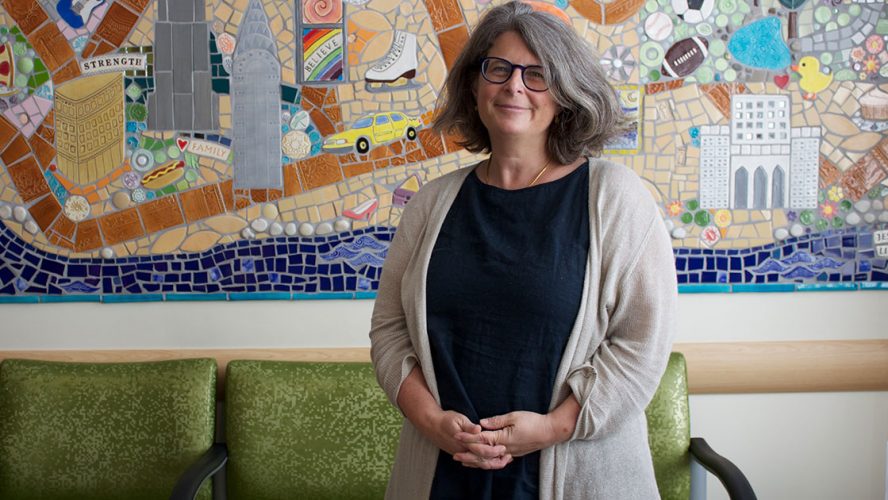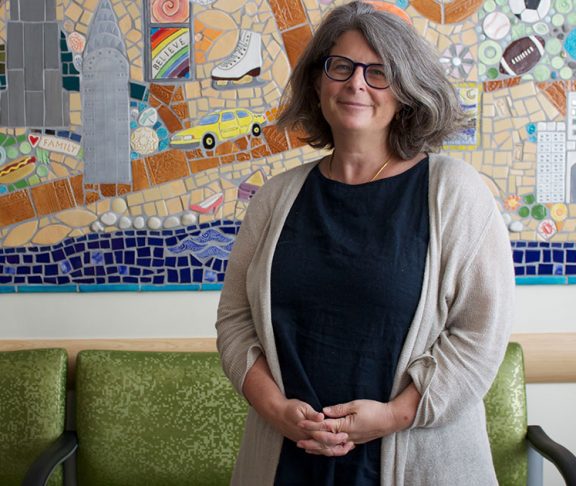With advances in treatment for pediatric cancers, over 80 percent of children are expected to be cured. And as pediatric cancer survivors grow into adulthood, they are seeking to have children of their own, making attention to fertility an important part of their total cancer care and long-term quality of life. However, we know that some cancer-directed therapies, including radiation to the ovaries or testes and certain medications, especially the alkylating agent class of chemotherapy, can cause sterility or diminish fertility. Hence, it is important that oncology clinicians address the possibility of treatment-related infertility and options for preserving fertility with their young patients and family members at diagnosis and after treatment.
Recognizing a concern
As a physician who is also trained as a social worker, I have always been drawn to taking care of the whole person. When I completed fellowship, in addition to providing on-therapy care, I also started a long-term follow-up program for survivors of pediatric cancer. In that setting, I heard from patients about their desire to have biological children. At the same time, it was clear in the medical literature that pediatric cancer patients were not hearing about their risks for infertility or options for fertility preservation in a standardized way. It seemed clear to me that this was an area of importance to patients where I could make a difference.
Exploring the options
For males who have gone through puberty, sperm banking is the most reliable and accessible form of fertility preservation, and, if addressed promptly, there is no delay in starting treatment. Post-pubertal females can freeze eggs or embryos, and, depending on the circumstance, this can be done before or after treatment. Because these procedures can delay the start of therapy, it is imperative that an institutional infrastructure exists to streamline this process. Children who have not yet gone through puberty have only experimental options available to them in the form of testicular or ovarian tissue freezing. Since these procedures are experimental, it is recommended that this only be done in institutions with protocols investigating their efficacy.
The most important aspect of fertility preservation, from my perspective, is that this issue is raised with every family — to reassure those where the risk is low and to discuss concerns and options when fertility may be compromised. The oncology community needs to ensure fertility is addressed as part of integrated cancer care and survivorship.

